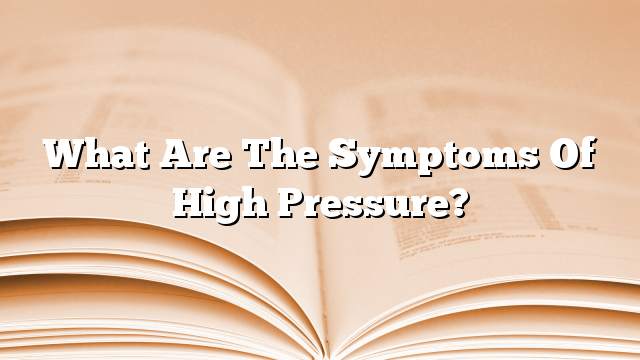Blood pressure disease
High blood pressure is one of the most common diseases. It is known to increase blood pressure on the arteries at a rate of more than or equal to 140/90 or more than 105/160 for one time, leading to an abnormal heart pressure to equal the required blood flow.
hypertension
Blood pressure may rise sometimes and this is accidental does not mean the incidence of hypertension, and we here in this article we talk about the high pressure in the form of accidental and sick, both are a risk and must be careful and to observe the symptoms and follow-up.
High blood pressure is called a silent killer because it is almost free of symptoms, especially in its early stages. However, there are several symptoms that may occur when the pressure increases, whether for a pathological or temporary condition. However, knowing these symptoms is not a substitute for pressure measurement. The only way to confirm, some symptoms are similar to low pressure or with other diseases.
Symptoms of hypertension
It is necessary to know the symptoms of chronic blood pressure patient to know the times when the pressure is stable and those that are high, as any healthy person should know. The sudden rise in blood pressure may affect anyone you know for several reasons. Or any other person should be rushed to the hospital or presented to a doctor at the earliest opportunity.
- Bleeding: Bleeding may occur at high pressure in several parts of the body including nosebleeds, such as bleeding of the conjunctiva in the eye. Bleeding appears in the form of a red spot in the white of the eye. The appearance of this spot or the occurrence of haemorrhage for no apparent reason is an indicator of high pressure. Calls to visit the doctor.
- Headache: The headache associated with high blood pressure is obtained from morning hours (since waking), and it occurs in the base of the skull (mid-head of the top), and is severe and widespread.
- shortness of breath: It occurs because of the inability of the heart to deliver blood and a pump to the lungs as a result of increased blood volume in the arteries, and accompanied by pain in the chest.
- Affected consciousness: The patient may suffer from coma (total loss of consciousness), or a breakdown of consciousness, confusion and delusions (partial unconsciousness), as a result of brain damage due to lack of ischemia.
- Other symptoms: It includes general fatigue that may turn into dizziness as well as nausea and sometimes vomiting.
